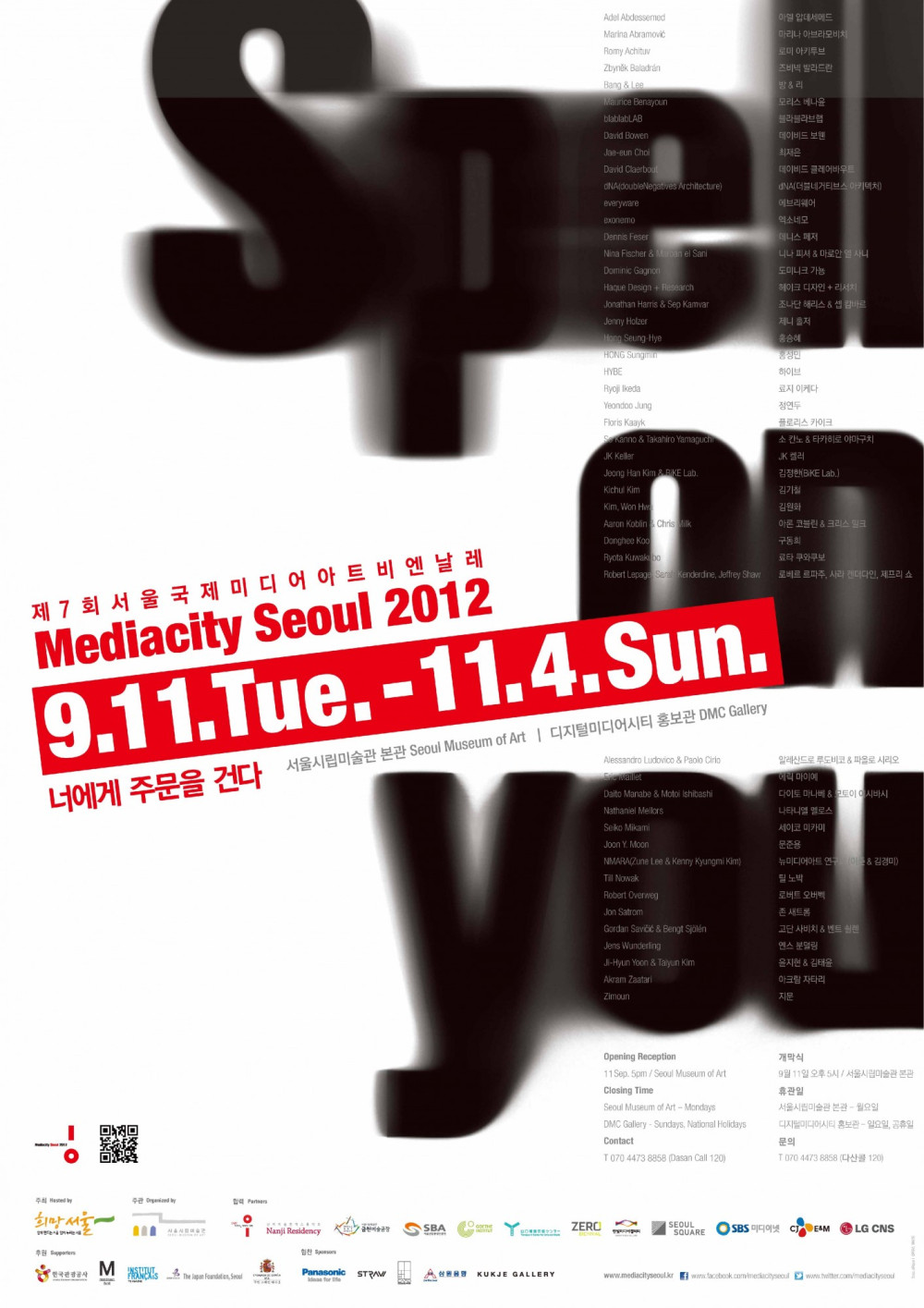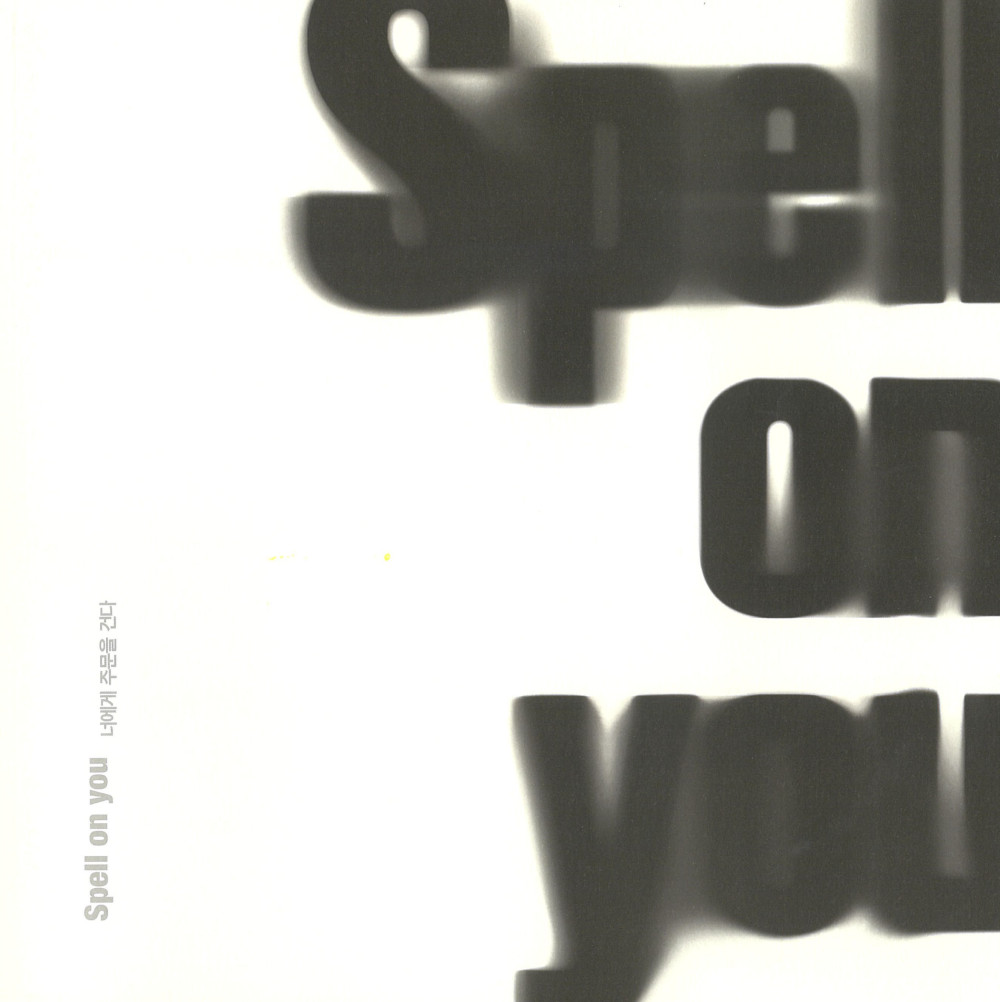
Introduced in many international renowned festivals and being familiar to many in Korea, Daito Manabe, a math major turned media artist, visual izes the sense of touch and hearing through vibration, infra sonic frequency and lighting elements. Motoi Ishibashi, a technology guru with an academic background in control system engineering, pursues new artistic methods by devising engineering solutions for art productions and public interactive spaces. Both Manabe and Ishibashi, co-founders of geek’s laboratory ‘4nchor5 la6’ in 2008 have been working across a range of genres and fields.
Their latest work, Particles, represents an example of the type of amazing spectacle that media artists are capable of realizing in terms of scale and technical elaboration.
Particles is a vast structure composed of light, sound, and motions, which emits a constant flow of light particles that float in a completely blackened space to the eyes of viewers. Tossing signals back and forth with a computer, the work has balls with built-in LEDs which create sound as they roll down an 8-spiral rail, with the whole scene implying the infinite universe. The rail is intricately designed to guide the balls in the direction that gravity takes them and preventing them from falling easily. Controlled by a central computer, the lights blink irregularly thus adding dynamic rhythms to the space. Furthermore, the audience can choose from several moving patterns using an interface. In this light, the vast structure which would not exist without sophisticated engineering is hidden in the dark, thus allowing the audience to be immersed in a sublime experience with dream-like machine sounds created by constantly moving lights. When the light particles that send signals from far away reach the eyes of the audience, they can either be seen as a poetical illusion of tiny particles or be interpreted as a mechanical metaphor for the human mental activity that keeps transmitting signals in order to exchange neural transmitters in the frontal lobes of the brain. The particles can be considered as tiny invisible radioactive particles floating in the air hence creating a sense of anxiety in the viewer. The context that reminds us of the light particles scattered in the air is complex and can be dramatized in this way.






